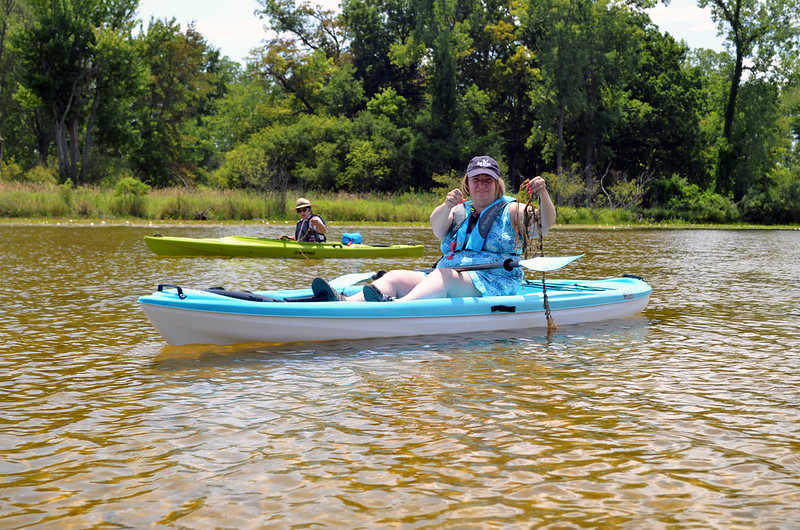Managing invasive species on your property may feel overwhelming – but your local Cooperative Invasive Species Management Area (CISMA) can help.
Free webinar July 27 will share identification tips and demonstrate treatment tricks for common invasives including garlic mustard, Japanese knotweed and several invasive shrubs.

Do you have a plant on your property that keeps coming back no matter how many times you pull it out? It may be an invasive species that is not native to Michigan. Invasive species cause or may cause harm to our economy, environment or human health and can be plants, animals, insects, fungus and diseases. They tend to spread rapidly because they lack natural predators and can be difficult to control. Invasive plants may crowd out native plants until they are the only plant present in the area. By learning how to identify and effectively manage invasive species, you can reduce the impacts of these species on your property.
CISMAs can help
How do you find out more about invasive species identification and management? One of the best ways is to contact your local Cooperative Invasive Species Management Area (CISMA). A CISMA is a collaboration of local government, tribal, nonprofit and other community partners that work together to tackle invasive species on public and private lands. You can learn more about CISMAs and the assistance they can provide to landowners during this month’s Michigan Invasive Species Program Not MI Species webinar “Not in my backyard! Managing invasive with help from CISMAs.” Register online for the free webinar which will be held 9 a.m.-10 a.m. July 27.
There are 22 CISMAs in Michigan, with coverage for all counties in the state. An online map can help you find the CISMA that covers your county. Each CISMA focuses on different priority invasive species that are specific to their region. You can send photos of invasive species to your local CISMA to request help with identification. Some phone applications can also be used to identify invasive species through photo recognition. Your local CISMA can also provide advice on how to manage invasive species as the techniques, timing and type of management recommended vary widely by species.
Mapping an important task
In addition to answering questions from their partners and the public, many CISMA staff and partners map where invasive species are present. Mapping includes kayaking through lakes or wading through streams and

wetlands to look for floating aquatic plants such as European frog-bit. It also includes walking along local trails or through parks to look for the wetland plant invasive common reed (Phragmites) or destructive knotweed stalks. CISMAs also use management techniques such as hand removal or the application of approved herbicides to manage occurrences of invasive plants. Some CISMAs will help manage invasive species on private property as part of grant-funded projects or conduct management work for a fee. Contact your local CISMA to find out more about the services they offer.
Report your findings
If you see invasive plants like Phragmites or European frog-bit, you can help by reporting these species directly to your local CISMA or through the Midwest Invasive Species Information Network website or smart phone application. If you enjoy paddling, check out Michigan Sea Grant’s free online MI Paddle Stewards program to find out more about invasive species and how to report them. If you are interested in learning more about CISMAs in Michigan, you can also read other MSU Extension articles online on this topic.
Michigan Sea Grant helps to foster economic growth and protect Michigan’s coastal, Great Lakes resources through education, research and outreach. A collaborative effort of the University of Michigan and Michigan State University and its MSU Extension, Michigan Sea Grant is part of the NOAA-National Sea Grant network of 34 university-based programs.
This article was prepared by Michigan Sea Grant under award NA180AR4170102 from the National Oceanic and Atmospheric Administration, U.S. Department of Commerce through the Regents of the University of Michigan. The statement, findings, conclusions, and recommendations are those of the author(s) and do not necessarily reflect the views of the National Oceanic and Atmospheric Administration, the Department of Commerce, or the Regents of the University of Michigan.



 Print
Print Email
Email

